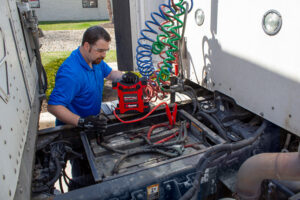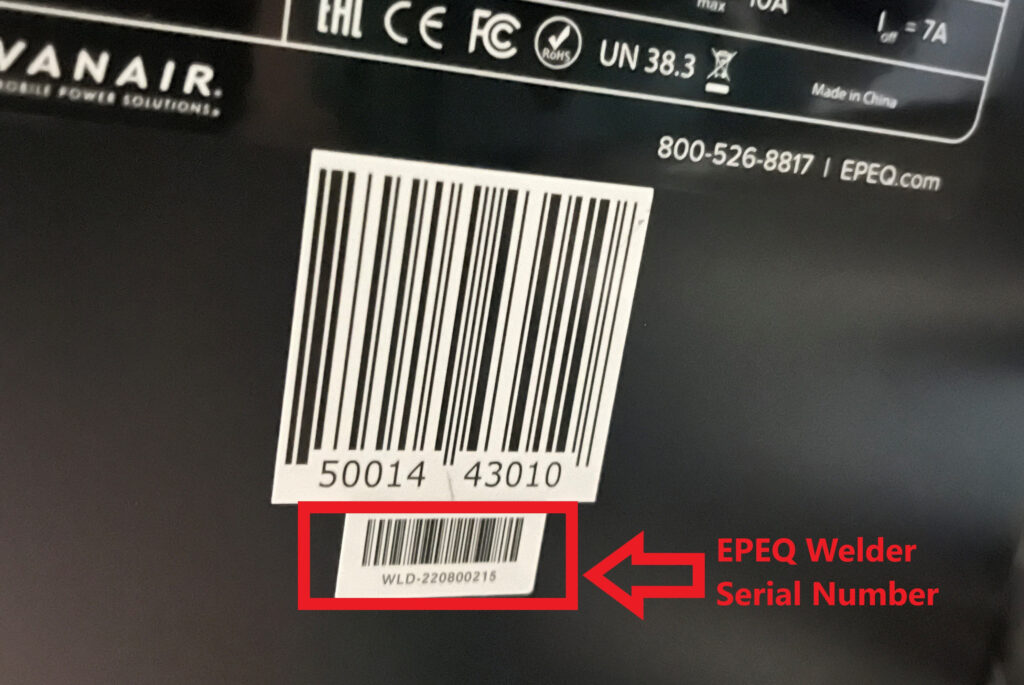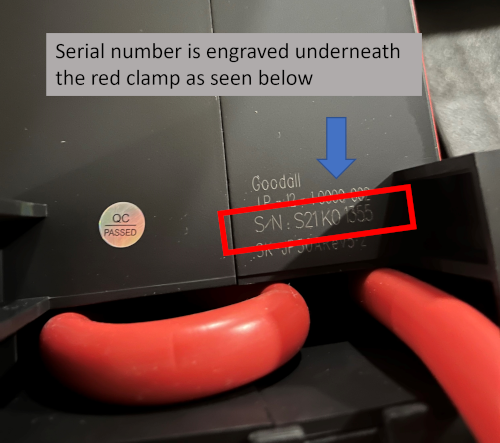The “S” Factors
When it comes to determining your output needs for engine starting, start with the “S” factors: speed, starts, and spend.
1. SPEED: How quickly do you need to jump start a vehicle?

Choosing a Jump Starting System by Goodall® Delivers Maximum START-ABILITY
Is time on your side, or are you usually working against the clock? Low-amperage units can start the same vehicles as their high-amp cousins. But it can take more time to start a vehicle with 300 amp output versus 700 amp output. If downtime is your nemesis, choose a more powerful Goodall® jump starting unit to get the job done right.
2. STARTS: How many starts do you need to perform each day?
Do you consistently make several starts a day? Or do you only occasionally need to get a vehicle up and running. If you need to jump start multiple vehicles per day, look for Goodall’s gas-powered jump starting units that can crank out just a few or as many starts as you need (if properly fueled). If your needs are less frequent, consider a battery powered unit. Battery powered units provide instant vehicle boosting but a limited number of starts before recharging the batteries.
3. SPEND: What’s your optimal return on investment (ROI)?
Higher output = higher price. That’s a given. But does downtime cost even more? The real consideration is what we call return on output investment (ROI). If you need quicker boosting power to get your vehicles back on the road fast, then a higher-amp output also boosts your ROI. But if your starting needs are less frequent (or not time-sensitive), you’re better off with a lower-amp output. And if you often need to be in two places at once, you might consider two lower-amp output jump starters for the cost of one high-amp.
* Statistics are approximate as conditions may vary (temperature, battery condition, etc.)
** Prices will vary. Please contact your dealer or distributor for final pricing.


